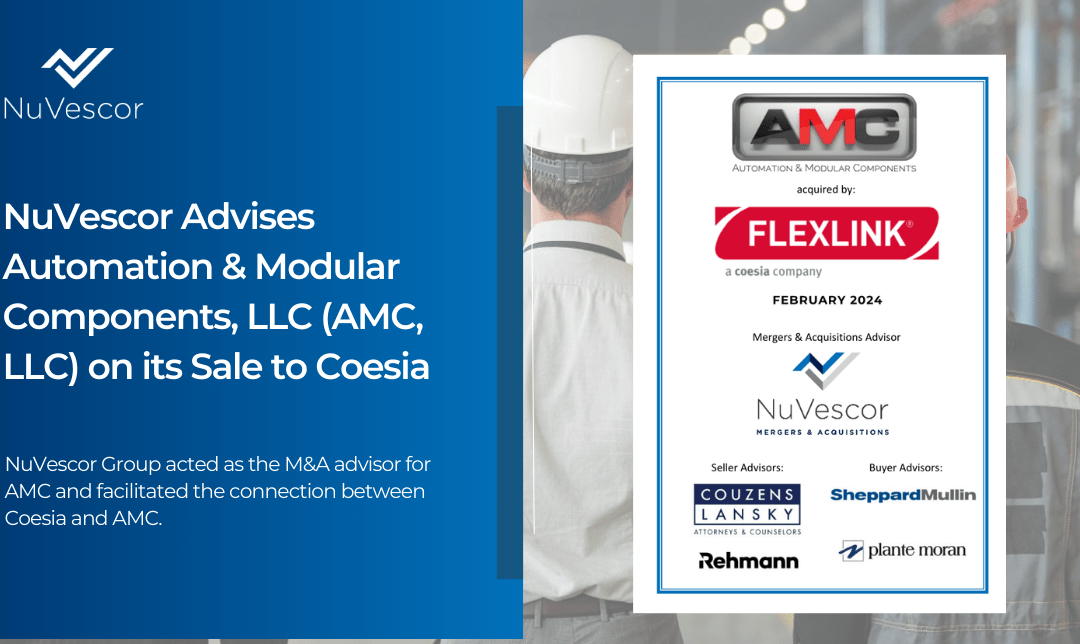
How an Automation Company Strengthened US Presence with Strategic Acquisition of Niche Material Handling Manufacturer
How an Automation Company Strengthened its US Presence with Strategic Acquisition of Niche Material Handling Manufacturer
April 30, 2024
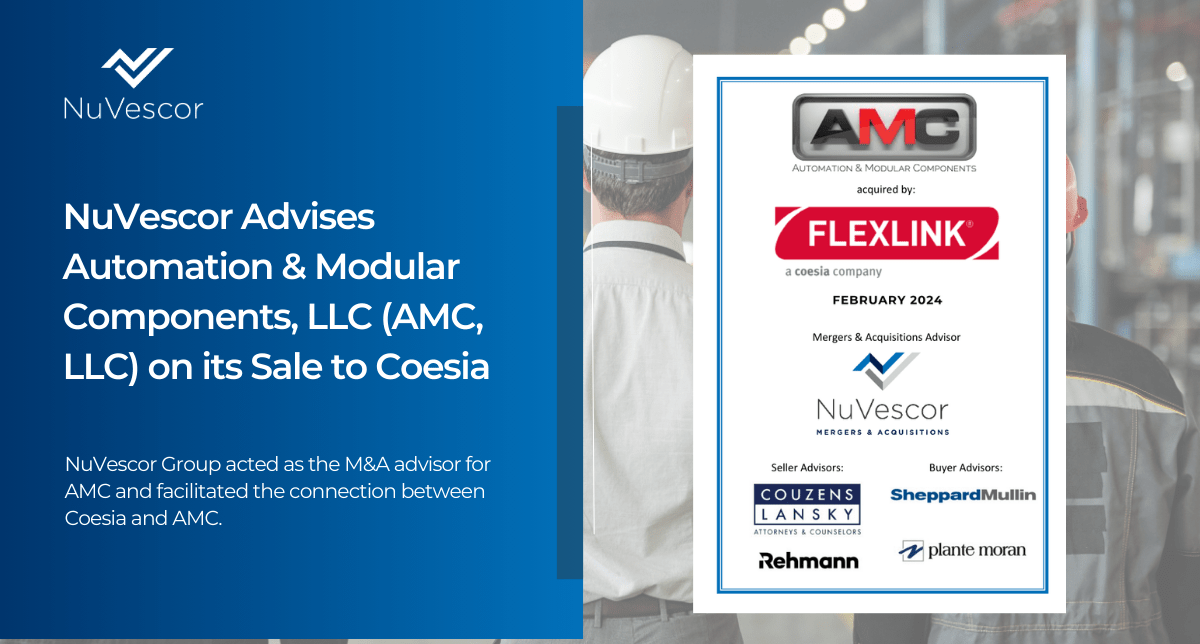
Coesia, a global leader in the automation industry, has acquired Automation & Modular Components, LLC (AMC, LLC), a well-known manufacturer of material handling automation systems. Facilitated by NuVescor Group, this strategic move is set to significantly bolster Coesia’s presence in the US market, particularly in the battery sector and broad-spectrum material handling applications.
Based in Davisburg, Michigan, AMC has carved out a niche for itself in the automation landscape. The company’s expertise lies in the production of material handling automation systems with integrated controls, as well as conveyors that seamlessly fit into assembly systems and production lines. AMC’s diverse clientele is a testament to its versatility, with the company catering to a plethora of industries, including Automotive, Food, Medical, Appliance, Metalworking, Electronics, Packaging, Munitions, Parts Processing, Glass, Pharmaceutical, Alternative Energy including Solar, Container Handling, Household Products, and Assembly & Material Handling.
Alessandro Parimbelli, CEO of Coesia, expressed his optimism about the acquisition, saying “We are glad to welcome AMC into our Group, and we consider this company a strategic asset for the development of FlexLink.”
The acquisition of AMC is a significant step forward for Coesia, and for its subsidiary FlexLink. AMC’s heavy-weight conveyance systems are set to enhance and expand FlexLink’s robotic and material handling expertise.
Dick Shore, AMC’s former owner, is equally optimistic about the company’s future under Coesia’s leadership. He’s confident that Coesia/FlexLink is the perfect fit for AMC to continue its growth trajectory and expand its global footprint.
Shore stated, “Coesia with FlexLink is the perfect home for AMC to continue on its growth path and further expand its global presence, continuing to help companies in over 25 industries across six continents to produce goods faster, with more consistency.”
Coesia’s plans for the future are ambitious, with the Group aiming to continue investing in automation technology. The sector’s attractive growth prospects make it a lucrative avenue for Coesia’s inorganic and organic growth, both in the United States and globally.
Randy Rua, President of NuVescor, the M&A advisor for AMC, lauded the company’s unique capabilities in the manufacturing space. He stated, “AMC is a wonderful business with unique capabilities in the manufacturing space. We wanted to find the perfect fit to allow them to continue to grow in that space.”
The acquisition of AMC by Coesia is a strategic move that aims to benefit both companies. AMC’s expertise in material handling automation systems and Coesia’s global leadership in the automation industry are a winning combination.
Learn more about the transaction here


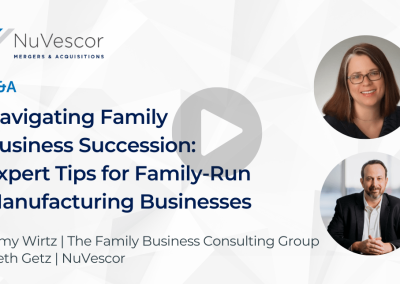

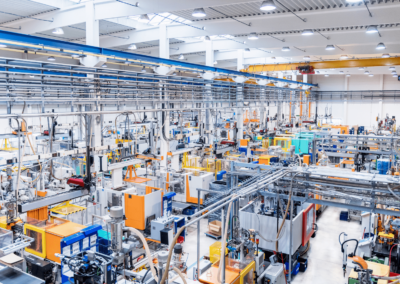
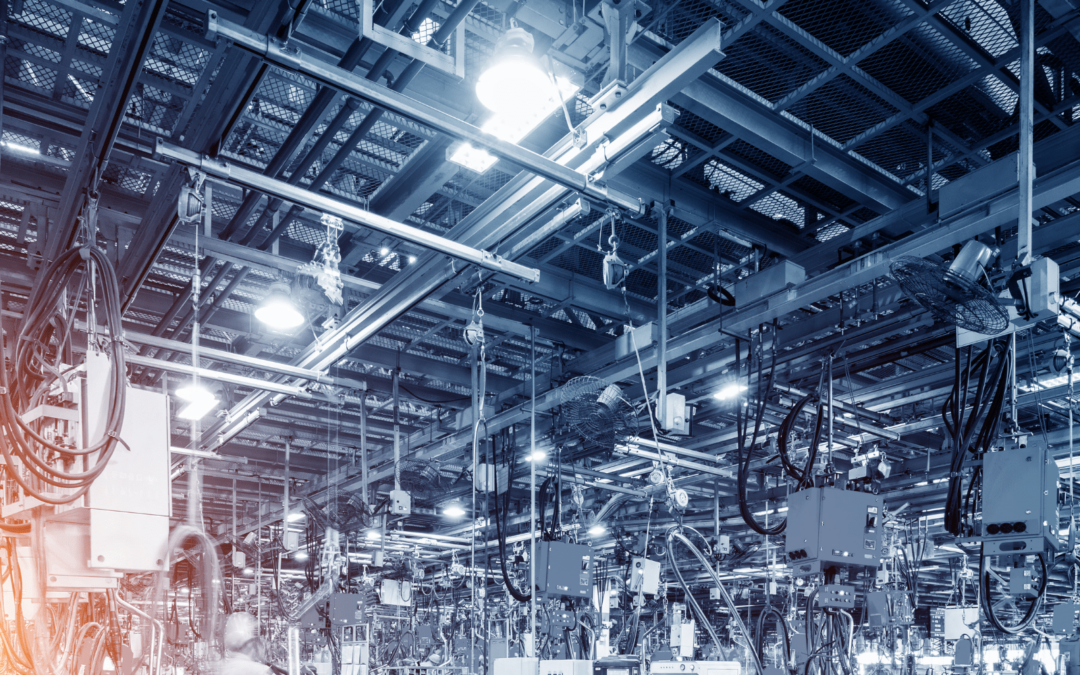
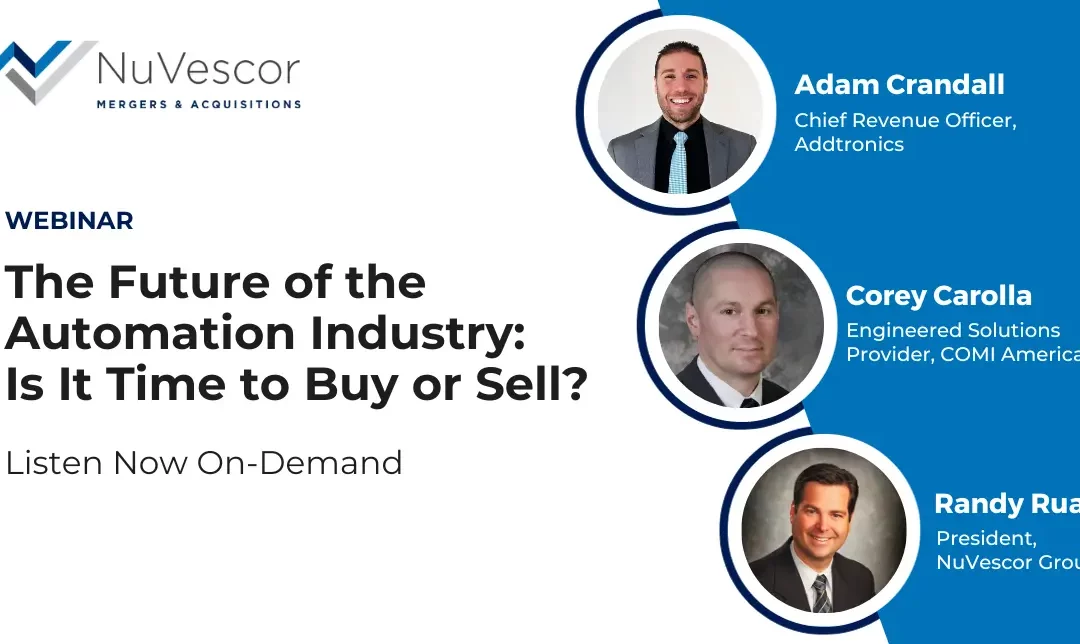





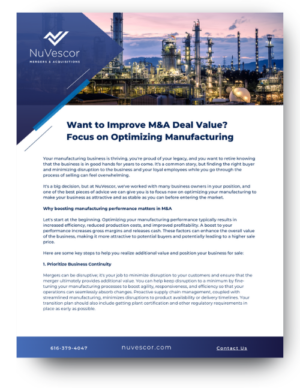
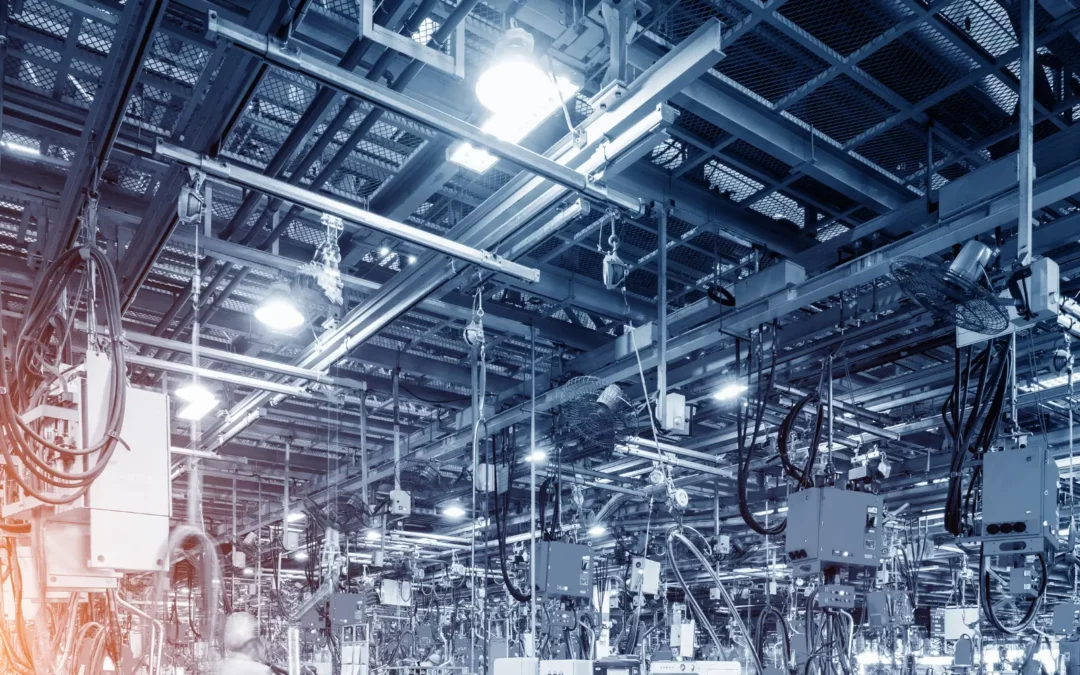
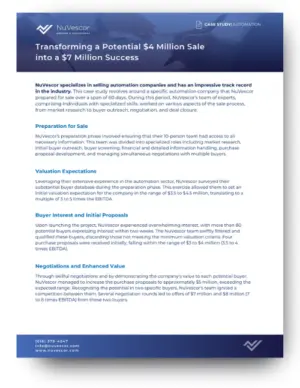
Recent Comments